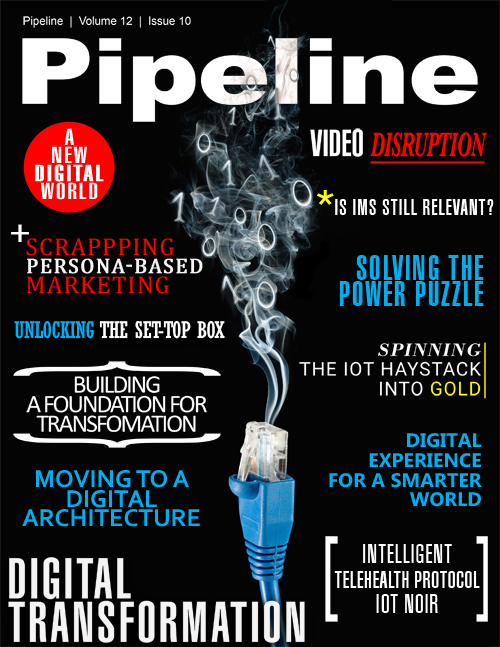Spinning the IoT Haystack into Gold
Some of these platforms have the ability to collect, store and sometimes process data, but all of them are designed to provide the necessary access to and from the Internet. Unfortunately, no one platform exists today to serve all of these rapidly evolving and diverse IoT-enabled home devices. The market would be well-served by a vendor that can forge into this area with applications based on open APIs that connect to the majority of devices, as well as specific licensed APIs to include major brands.
At the moment, ADT appears to be the leader in this area with the introduction of Canopy at CES this year. The new and unique advantage Canopy has at the moment is its cross-platform adoption of devices from Nest, August, and Hue Lighting just to name a few. These devices can be integrated by the Canopy router and controlled by the Canopy application. ADT has also secured partnerships with Samsung's Smart Things system -- which can be monitored from an app on the Gear S2 watch -- along with LG, Kidde, Honeywell's Lyric, Ring Video Doorbell and the Roost Smart Battery. Other vendors would do well to follow their lead in creating a comprehensive package with support for open standards.
Connectivity
IoT-enabled home devices generally connect wirelessly through one or more standards, most typically later-generation WiFi. However, the communications protocols of these devices varies widely from manufacturer to manufacturer and are generally not compatible with all of the various popular controller platforms. Communications with these devices must be translated to standard Internet IP protocols to provide connectivity from outside the home.
Privacy, Security and Safety
These critical elements are evolving in pace with the industry and can only improve. There are security gaps and always will be. The key will be to keep pace and keep the consumer of your commitment. Use security as a feature and have strong consumer education. New backwardly comparable technologies are emerging and will come to fruition.
Challenge Two - Regulations on Privacy and Data Protection
As with the introduction of many new technologies in society, the creation of products and adoption of their use is outpacing our ability to appropriately and correctly control and regulate their use. Further complicating manners is the global homogeneous nature of the Internet versus the localized and highly-fragmented nature of government regulations regarding its use. This challenge will be no different for IoT devices and the use of the data collected from them.
European Union Leads the Way
The European Union has been aware of the issues regarding the use and abuse of personal data on the Internet for a very long time. The foundation for legal and privacy laws can be traced back almost twenty years to October, 1995, when the EU issued Directive 95/46/EC. A comprehensive piece of legislation by the European Parliament, it specifies the protection of individuals with regard to the processing of personal data and on the free movement of such data throughout the EU.
Proposed updates in 2012, which were generally agreed to in late 2015, further take into account the emergence of Cloud Computing and IoT. They include a regulation setting out a general framework for data protection and a directive on protecting personal data for the purpose of prevention, detection, investigation or prosecution of criminal offenses and related judicial activities.
The European Union reform has been crafted in two separate documents: the General Data Protection Regulation will enable people to better control their personal data and the Data Protection Directive for the police and criminal justice sector to ensure that the data of victims, witnesses, and suspects of crimes, are duly protected in the context of a criminal investigation or a law enforcement action.



















